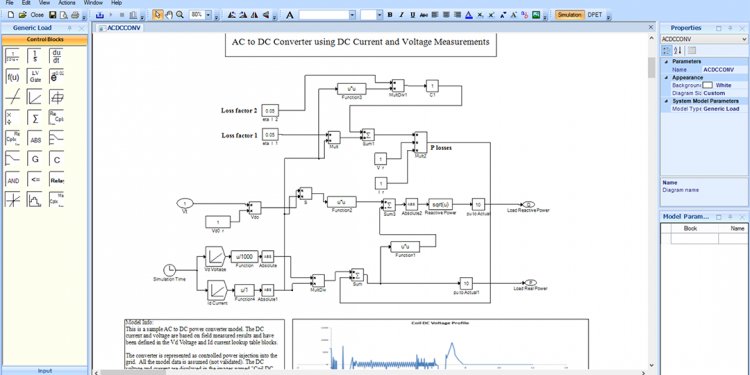
Definition of stability in control system
Pros: Keeps cars on the road that would have otherwise ended up in a ditch (or worse)
Cons: None
Summary: If you're shopping for a car and you see the term "stability control, " it refers to an electronic system that monitors your steering-wheel input and makes sure the car is going where you want it to go.
When the system detects that the car has skidded off course, it can manipulate both the throttle (gas pedal) and the individual brake at each wheel, which will ideally correct the car's course but at least minimizes the severity of the skid.
The federal government has made electronic stability control mandatory on all passenger vehicles from model year 2012 and newer. However, many automakers have offered the feature for years. BMW pioneered it in 1992 and Cadillac, Mercedes-Benz and others followed suit in the mid-to-late 1990s. As such, used-car shoppers will see it advertised on many older cars, particularly from premium brands.
Stability control should not be confused with traction control, a less-sophisticated system that corrects tire slippage without regard to steering-wheel input. Traction control can be useful for getting out of a snowdrift or maintaining grip in a straight line, but if you want a system that's got your back in corners, too, then stability control is the way to go.
What it means to you: According to the National Highway Traffic Safety Administration, the widespread adoption of stability control could prevent as many as 9, 600 deaths every year, so it's definitely the kind of feature you want to have onboard. Fortunately, new-car shoppers will have it no matter what, but if you're shopping for a used car, we recommend giving special consideration to models with stability control.

















